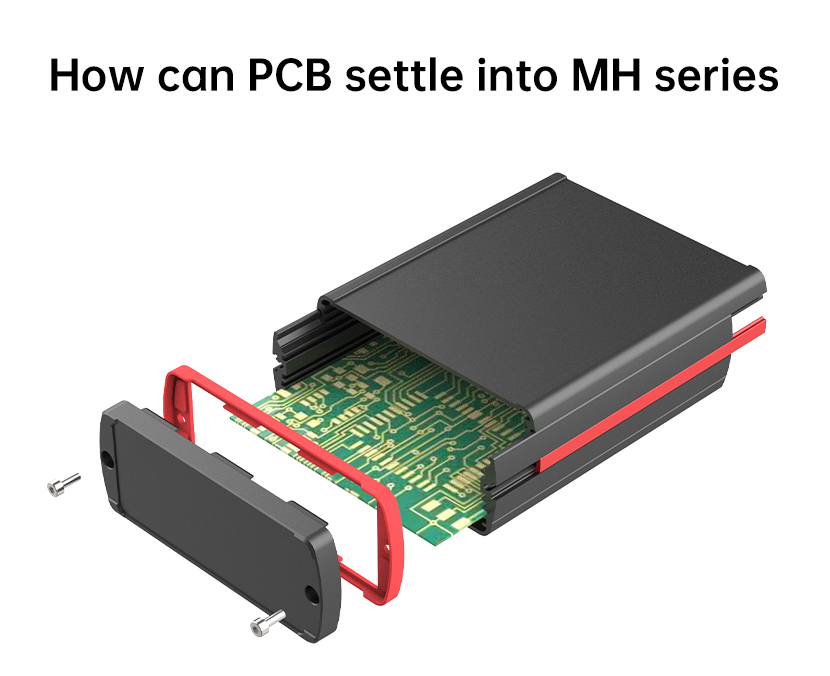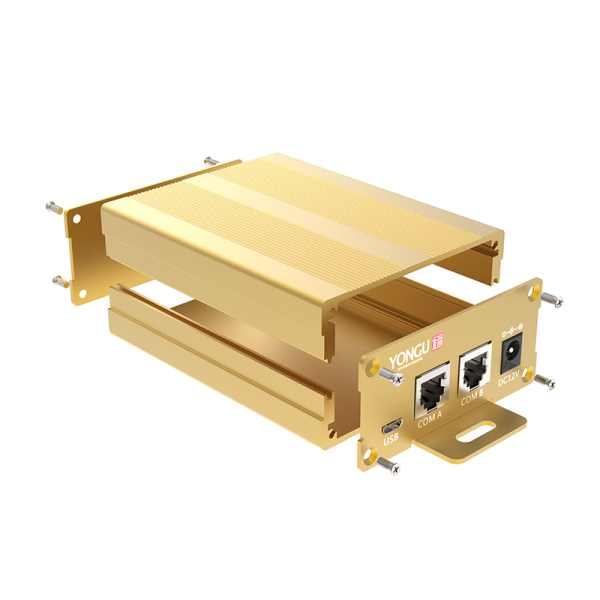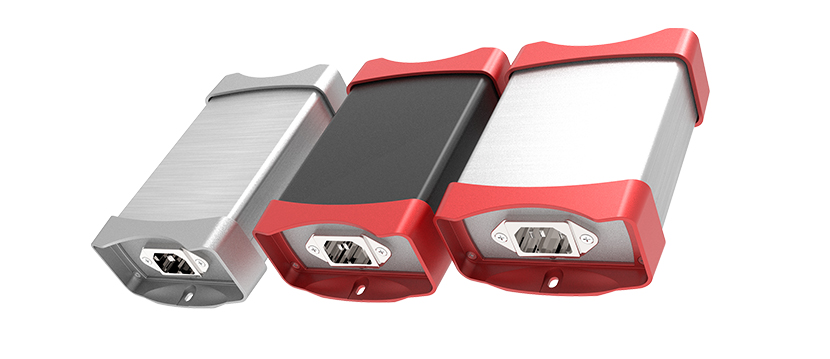In today's world, electronic devices are essential components of modern industries, from telecommunications to automation. However, when it comes to outdoor projects, electronics face unique challenges, such as exposure to water, dust, and extreme weather conditions. For sensitive components like printed circuit boards (PCBs), even minor exposure to moisture can cause significant damage, leading to costly repairs or replacements. This is where PCB waterproof enclosures come into play, providing essential protection for electronics exposed to harsh environments.
In this article, we'll explore the significance of PCB waterproof enclosures, the different types available, and why choosing the right enclosure is crucial for outdoor electronic projects.
The Importance of PCB Waterproof Enclosures
PCB waterproof enclosures act as a protective shield for delicate electronics, ensuring they remain safe from water, dust, and other environmental threats. When working on outdoor projects, whether in telecommunications, industrial automation, or renewable energy installations, your electronics need reliable protection. Waterproof aluminum enclosures are an ideal solution because they combine durability with excellent thermal management, which is especially important for heat-sensitive components like PCBs.
Some key benefits of using PCB waterproof enclosures include:
- Water Resistance: Prevents short circuits and corrosion by keeping moisture away from sensitive components.
- Dust Protection: Seals out fine dust particles that could disrupt electronic signals or cause long-term damage.
- Durability: Most aluminum enclosures are resistant to physical impacts, corrosion, and wear, ensuring long-lasting performance in harsh environments.
- Temperature Regulation: Aluminum's natural properties help dissipate heat, reducing the risk of overheating for enclosed electronics.
Waterproof Enclosure Box For PCB
Key Features of a PCB Waterproof Enclosure
To meet the specific needs of outdoor electronic projects, PCB waterproof enclosures must offer certain features. Here's what you should look for:
Waterproof Rating (IP Rating)
The Ingress Protection (IP) rating system is a key indicator of how well an enclosure protects against water and dust. For PCB waterproof enclosures, an IP rating of IP67 or IP68 is recommended. These ratings indicate that the enclosure can withstand immersion in water for extended periods, making it ideal for outdoor applications.
Durable Material
Aluminum enclosures are a popular choice for PCB protection due to their robust properties. Aluminum is corrosion-resistant, lightweight, and provides excellent heat dissipation, which makes it perfect for housing electronic components that generate heat during operation. Additionally, aluminum enclosures are often anodized or powder-coated for added durability and aesthetic appeal.
Sealing Mechanism
High-quality seals, such as silicone gaskets, are crucial in ensuring that no water or dust can penetrate the enclosure. These seals must be durable and resistant to environmental degradation to maintain their protective properties over time.
Customizable Design
Custom solutions for PCB waterproof enclosures are essential for meeting the specific needs of different industries. Depending on the project, you may need enclosures with specific mounting options, sizes, or internal layouts. Customizable aluminum enclosures provide flexibility in design to accommodate various PCB sizes and configurations.
Applications of PCB Waterproof Enclosures
PCB waterproof enclosures are essential for many outdoor and industrial applications where environmental conditions can compromise electronic performance. Below are some common industries and uses:
Telecommunications: Outdoor telecom equipment, including antennas and signal amplifiers, often contain PCBs that need waterproof enclosures to function reliably in rain, snow, and dust-heavy conditions.
Renewable Energy Systems: Solar panels and wind turbines have electronic control systems housed in PCB waterproof enclosures to ensure uninterrupted operation despite exposure to the elements.
Marine Electronics: Marine environments expose electronics to constant moisture and salt, making PCB waterproof enclosures critical for the longevity of devices such as navigation systems and communication equipment.
Outdoor Lighting Systems: In public infrastructure, streetlights and LED signage use PCB waterproof enclosures to protect control systems from water and environmental wear.
How to Choose the Right PCB Waterproof Enclosure
Selecting the right PCB waterproof enclosure depends on several factors, including the specific environment, the type of PCB used, and the enclosure's material. Here are some key considerations:
Understand Your IP Rating Needs
For electronics that will be fully submerged or in contact with water, opt for enclosures with an IP68 rating. If your project only needs protection from rain and splashes, an IP65 or IP66 rating might suffice.
Choose the Right Material
Aluminum is widely regarded as an ideal material for waterproof enclosures, especially in applications requiring strong heat dissipation and durability. However, stainless steel or high-grade plastics may be better suited for projects that require extra corrosion resistance.
Consider Size and Customization Options
The size and layout of your PCB should guide the dimensions of the enclosure. Additionally, consider any additional features like cable glands, mounting brackets, or ventilation that might be needed for your specific application. Customizing the enclosure design ensures the best fit for your project.
Look for Corrosion Resistance
Especially in marine or industrial settings, corrosion can significantly reduce the lifespan of your enclosures. Anodized aluminum provides superior corrosion resistance, making it a smart choice for long-term outdoor projects.
Aluminum PCB Circuit Board Enclosure
Examples of Effective PCB Waterproof Enclosures
To illustrate how PCB waterproof enclosures provide superior protection, here are some examples:
Outdoor Solar Charge Controller Housing: An aluminum waterproof enclosure with an IP67 rating protects the PCB controlling solar energy inverters. This ensures continuous performance, even during heavy rainstorms.
Marine Communication System: In a coastal installation, a PCB controlling marine communications is housed in an IP68-rated enclosure. The robust aluminum body and silicone gasket seals prevent water ingress, while the aluminum ensures efficient heat dissipation from the internal components.
Conclusion: Securing Your Electronics with PCB Waterproof Enclosures
Outdoor projects pose significant challenges to electronic devices, but with the right PCB waterproof enclosure, you can ensure the long-term reliability of your components. By choosing enclosures that offer the right balance of water resistance, durability, and customization options, you can protect your PCBs from environmental hazards, extend the lifespan of your electronics, and avoid costly downtime.
At YONGU, we specialize in custom aluminum enclosures that provide the highest level of protection for outdoor electronic projects. Our enclosures are designed to meet your exact specifications, ensuring your sensitive PCBs remain safe from moisture, dust, and impact. To learn more about our waterproof aluminum enclosure solutions, visit our custom aluminum enclosure page.






